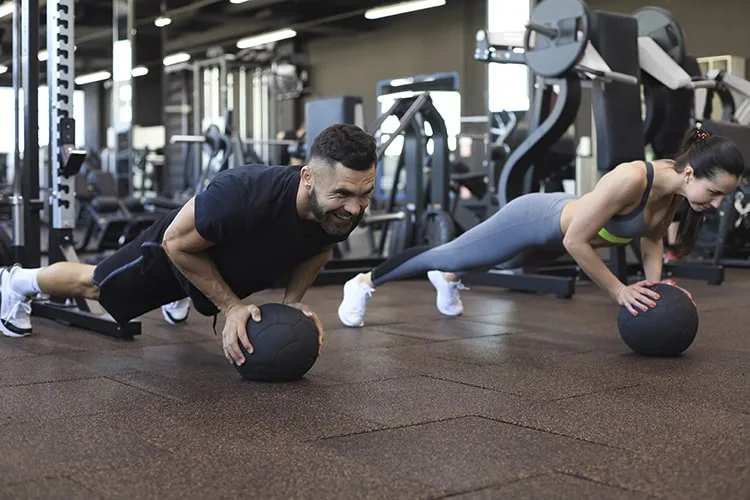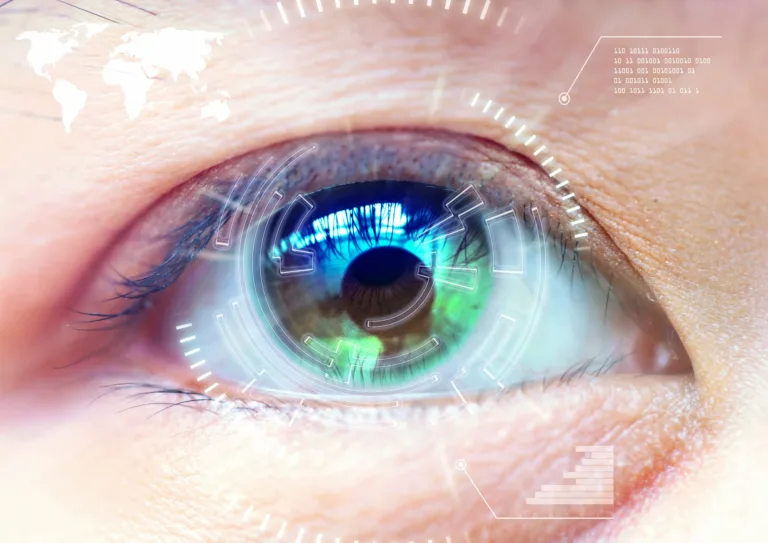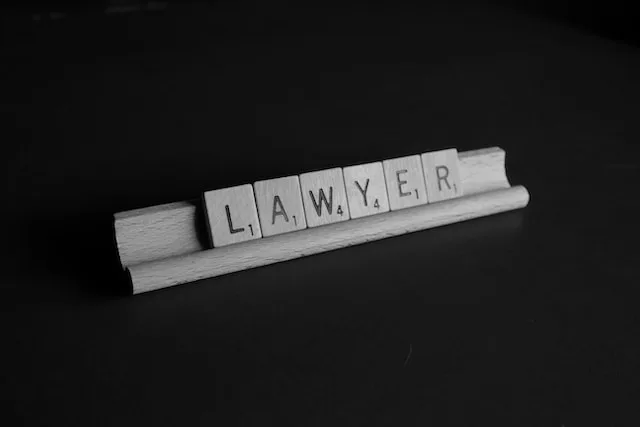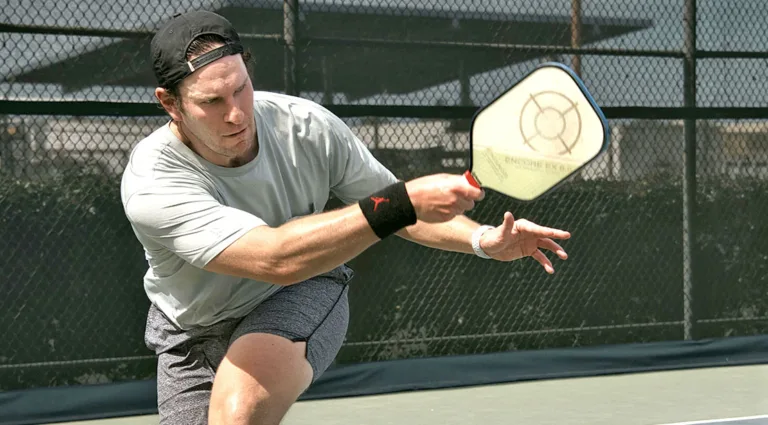Understanding the Benefits and Proper Usage of Heat and Cold Therapy for Muscle Pain
Muscle pain can result from various factors including strenuous activity, overuse, or even underlying medical conditions. A common query that often arises is: Should you apply heat or cold to alleviate muscle pain? Understanding the benefits of each can help in making an informed decision for effective relief.
Benefits of Cold Therapy:
- Reduces Inflammation: Cold reduces blood flow to the affected area, decreasing inflammation and swelling around joints and tendons.
- Numbs Acute Pain: Cold acts as a local anesthetic, numbing the area affected by muscle pain.
- Reduces Muscle Spasms: Cold therapy can treat muscle spasms, providing relief from pain and discomfort.
When to Use Cold Therapy:
- Immediately After an Injury: Applying cold therapy immediately after a muscle strain or sprain can minimize swelling and pain.
- After Exercise: If you have a chronic injury that gets inflamed after physical activity, applying cold therapy post-exercise can reduce inflammation.
- For Acute Pain: If the pain is sharp, intense and recent, cold therapy can be a good choice.
How to Use Cold Therapy:
- Never Apply Directly: Always wrap ice packs or frozen items in a cloth or towel before applying to avoid skin damage or frostbite.
- Duration: Apply for 15-20 minutes at a time, allowing the skin to return to its normal temperature between sessions.
Benefits of Heat Therapy:
- Relaxes and Soothes Muscles: Heat increases blood flow and elasticity of tissues, helping muscles relax and alleviate discomfort.
- Reduces Muscle Stiffness: Heat therapy is beneficial in conditions like arthritis or muscle stiffness.
- Prepares Muscles for Activity: Using heat therapy before exercise warms up the muscles, making them more pliable and less susceptible to injury.
When to Use Heat Therapy:
- For Chronic Conditions: Heat therapy works best for relaxing tissues and stimulating blood flow. If you have long-lasting muscle pain or stiffness, heat therapy may help.
- Before Exercise: If you have chronically tight muscles, applying heat therapy before exercising can improve their elasticity.
- Muscle Relaxation: Heat can be soothing for tight or tense muscles, especially due to stress.
How to Use Heat Therapy:
- Types of Heat: Dry heat sources like heating pads and saunas, or moist heat sources like warm baths and steamed towels. Moist heat may be more effective due to better penetration into the skin.
- Duration: Apply for 15-20 minutes at a time, or longer if using a low-level heat wrap.
Physiological Responses to Heat and Cold Therapy:
Understanding the physiological responses to heat and cold treatments provides a clearer picture of their effectiveness. The human body responds to temperature-based treatments in various ways:
- Vasoconstriction: Cold therapy reduces blood flow, minimizing inflammation and subsequent pain.
- Reduced Metabolic Rate: Cold temperatures slow down cellular metabolic rate, reducing tissue damage post-injury.
- Nerve Conduction Velocity: Cold slows down nerve signals, providing temporary pain relief.
- Vasodilation: Heat therapy expands blood vessels, increasing blood flow and delivering oxygen and nutrients to damaged tissues.
- Elevation in Tissue Temperature: Direct heat raises tissue temperature, making them more pliable and stretchable.
- Pain Gate Theory: Heat stimulates sensory receptors in the skin, decreasing pain signal transmissions to the brain.
Proper Usage and Precautions:
Both heat and cold therapies offer benefits but improper usage can lead to complications:
- Cold Therapy Risks:
- Heat Therapy Risks:
In some cases, alternating between cold and heat therapy (contrast therapy) may be recommended for better results:
Contrast Therapy Procedure:
Start with 10 minutes of cold therapy, followed by a 1-minute break. Then switch to 10 minutes of heat therapy. Repeat this cycle multiple times.
Benefits of Contrast Therapy:
- Removes Waste Products: Alternating between vasodilation and vasoconstriction promotes removal of waste products and brings in fresh blood for healing.
It’s important to note that pain and discomfort are subjective, and individual preferences may vary. If a therapy feels uncomfortable or worsens the pain, discontinue immediately. Consult with a healthcare professional for personalized advice.
Heat and cold therapies, when used correctly, can be effective in managing muscle pain. Whether recovering from exercise or dealing with chronic pain, these age-old remedies offer significant relief. Stay informed and consult professionals for guidance on men’s health and fitness.







